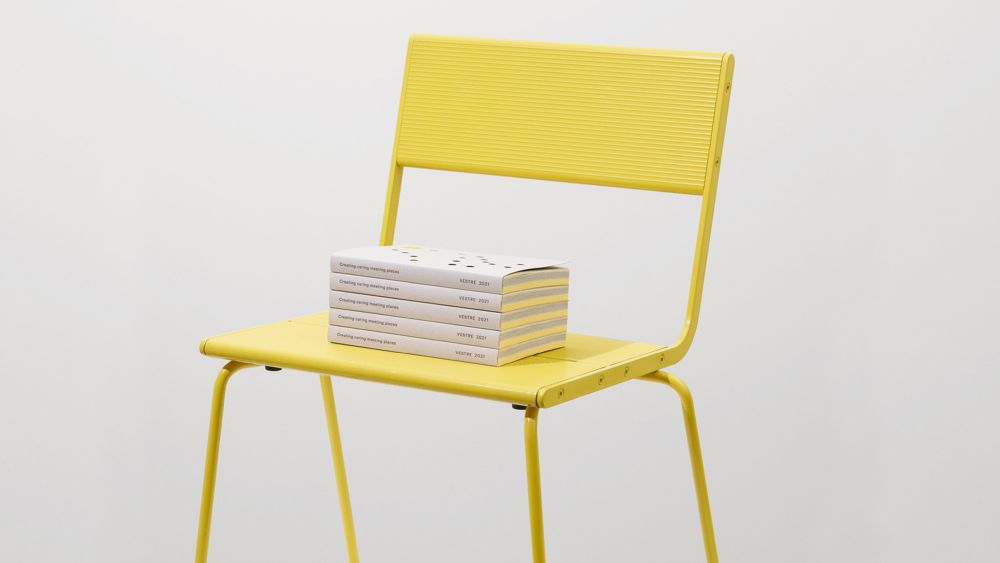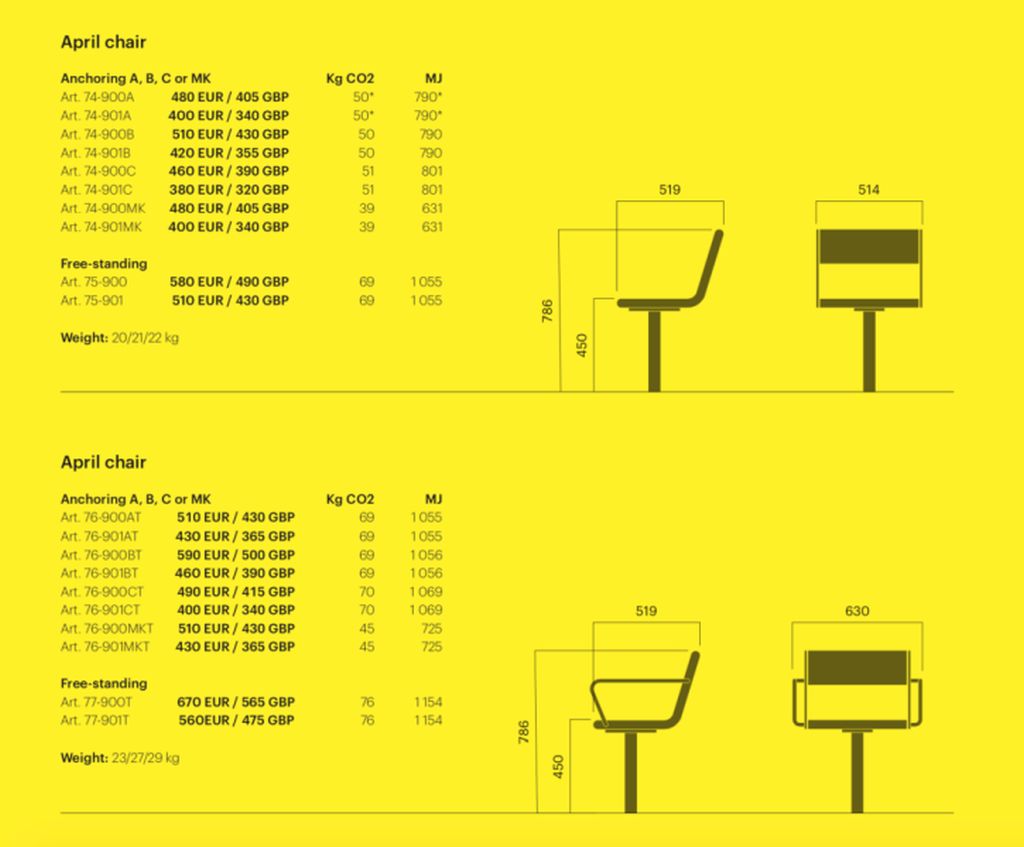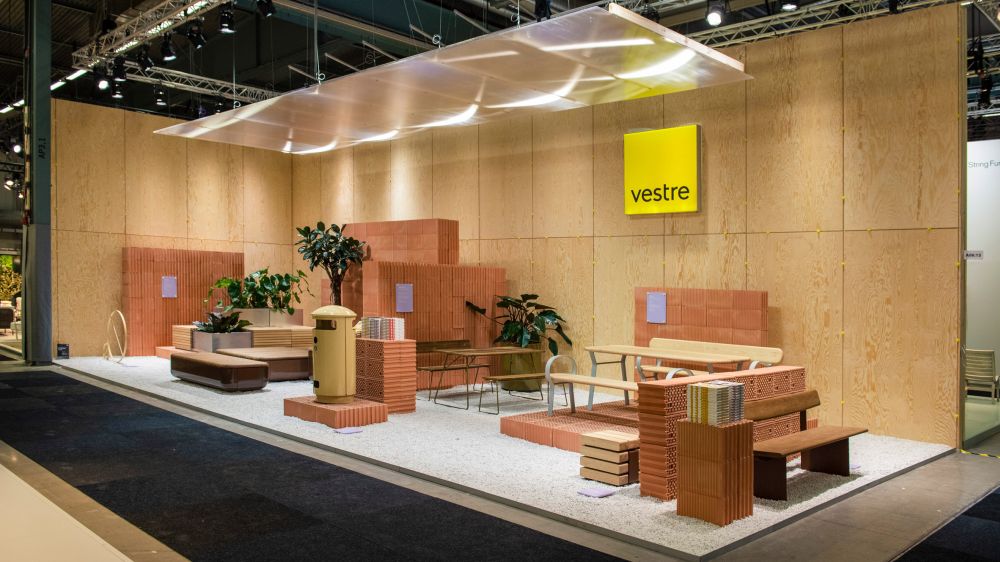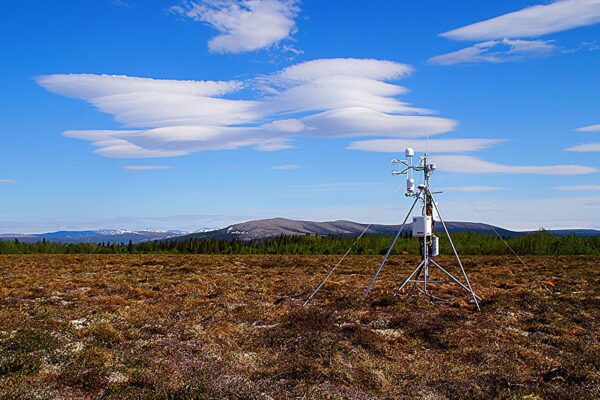Vestre Becomes First Brand to list Carbon Footprint of all its Product
Vestre has become the first brand to list the carbon footprint of all of its products to help consumers make a well-educated choice. The Norwegian brand announced that it will start listing CO2 emissions that are generated by each of its products with the price, a step to build more transparency and accountability in the furniture industry.
The company has added carbon metrics with every product listed, specifically Environment Product Declarations (EPD). The carbon footprint (in kilograms) is also mentioned in the product list along with dimensions, prices, and other specifications.

Vestre becomes the first brand to list carbon footprint of all of its products to build more transparency and accountability for consumers | Image: Dezeen
An Environment Product Declaration is a transparent report specification regarding the material used in the product and how it impacts the environment from manufacturing to discarding. However, Vestre’s EPD doesn’t help trace the carbon footprint after the product reaches the end of its lifecycle. Fortunately, brands in other sectors, such as French flooring brand Tarkett, have already started implementing a more circular approach.
While other brands display carbon emissions for a specific collection or group of products, Vestre sets an example by becoming the first furniture brand to do so with each of its products. The company hopes that listing this information in the catalog will prompt customers to make conscious purchase decisions.

Vestre’s catalog with carbon footprint data, alongside prices and dimensions | Image: Dezeen
This information reveals the journey from how the raw materials are extracted to the moment it is completely manufactured. The metrics include the energy used in production, consumption of water, and transport emissions from the warehouse to the store.
Citizens and purchasers can use their power to demand sustainable products but it’s hard to put into practice without strong benchmarks on what is and what is not sustainable.
Says Jan Christian Vestre told Dezeen, CEO of Vestre.
He also added that by displaying the ecolabels and EPD metrics and values, brands can help conscious end-customer make better choices. With transparency, the brand takes responsibility and accountability to prompt transition into a green and fair economy.
Vestre initially experimented with this idea at the 2020 Stockholm Furniture and Light Fair, where the brand displayed all its projects in re-usable installation, with carbon footprint information of each item. The brand won the award for the best stand and received a positive response to the idea, encouraging to display EDPs for all its products.

Vestre listed the carbon footprint data for the first time at Stockholm Furniture and Light Fair Stand | Image: Dezeen
For instance, one of the freestanding folk benches by the brand in collaboration with Swedish design studio Front accounts for 41 kilograms of CO2 and consumed 839 megajoules of energy. On the other hand, the April chair is smaller but since it is made of steel instead of aluminum, it accounted for 76 kilograms of carbon footprint and required 1,154 megajoules of energy.
Despite the tracing and cataloging materials being labor-intensive, the company says that once all the raw material is logged, the analysis continues without any changes. For municipal, corporate clients, and architecture, this information permits the evaluation of the carbon footprint in every element. This move acts in favor of Vestre, giving them a competitive advantage – nudging their competitors to do the same. After all, it is the first furniture manufacturer in the world to give records on environmental impact!
Via: Dezeen


